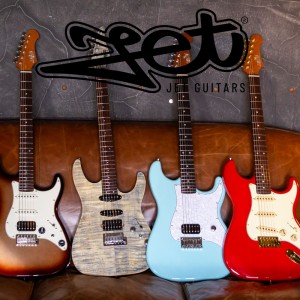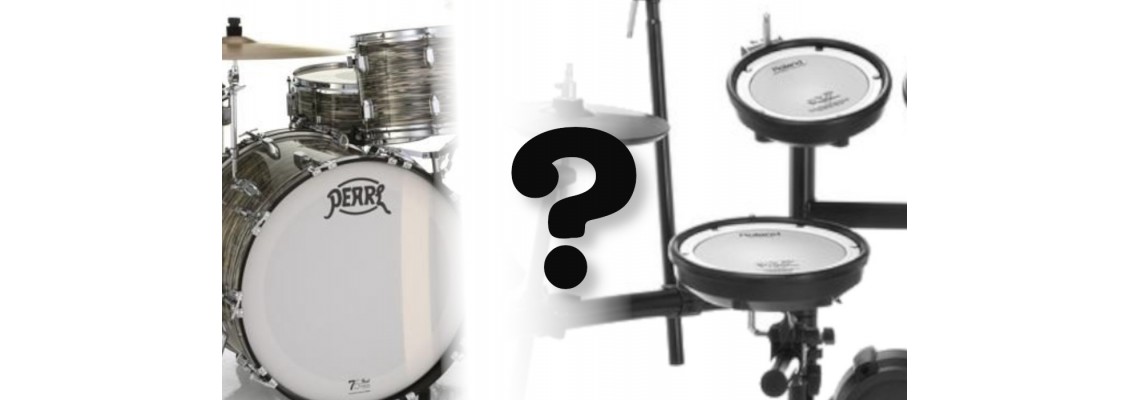
Buying Drums: Acoustic Vs Electronic
A Brief Look at the Benefits of Both, and a few suggestions.
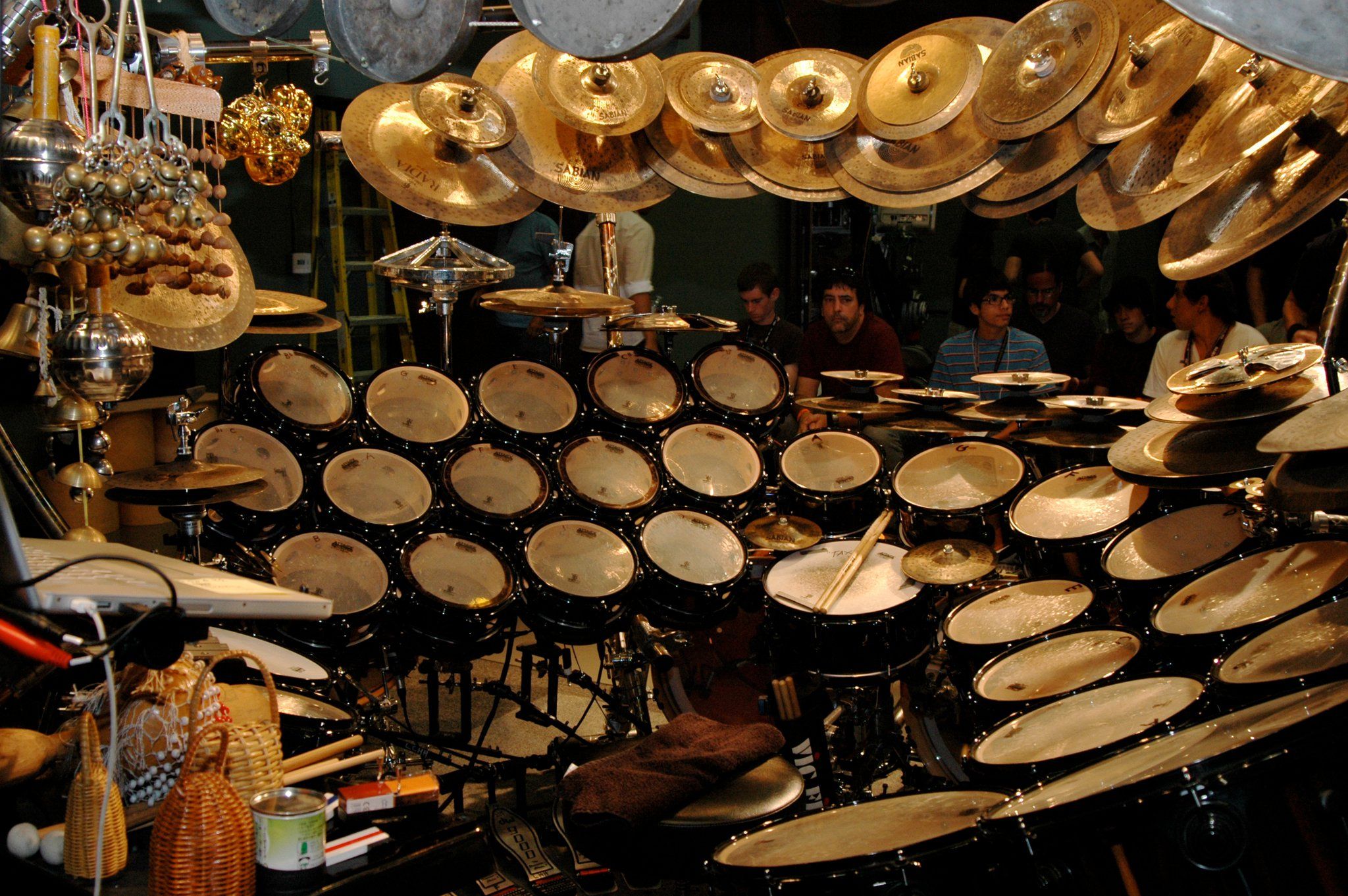
It won't start like this, but there's every chance this is where we'll end up.......
Drums are an essential component of modern music, providing rhythm and groove to everything from rock to pop to jazz. When it comes to choosing a drum kit, there are two main options: acoustic and electronic. Each has its own unique benefits, and choosing the right one depends on your needs as a drummer. In this article, we'll compare acoustic and electronic drums and explore the advantages of each.
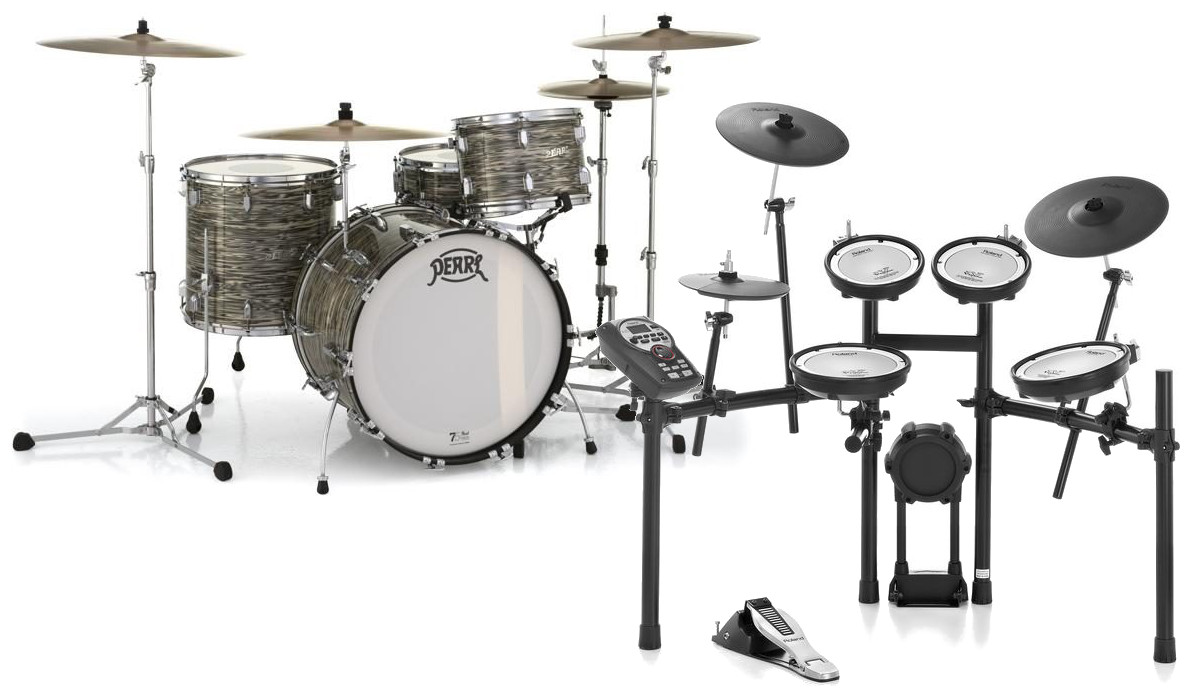
I know which one I prefer....
An Quick Overview of the Modern Drumset
The drum set, also known as the drum kit, has been a crucial part of modern music for over a century. It originated in the early 1900s as a combination of various percussion instruments such as snare drums, bass drums, and cymbals. Drummers began to experiment with different combinations of these instruments to create a versatile and compact setup for live performances. In the 1920s, jazz drummers such as Baby Dodds and Gene Krupa popularized the use of the bass drum as a key component of the drum set. The advent of the swing era in the 1930s brought the drum set to the forefront of popular music, with drummers such as Buddy Rich and Gene Krupa becoming household names. In the 1950s, the rise of rock and roll saw drummers like Earl Palmer and Hal Blaine pushing the boundaries of what was possible with the drum set, with Blaine in particular pioneering the use of complex drum fills and multi-track recordings. The 1960s saw the emergence of drummers such as Ringo Starr, Keith Moon, and John Bonham, whose explosive playing styles helped define the sound of rock music for generations to come. In the decades since, drummers have continued to innovate and push the boundaries of what is possible with the drum set, cementing its place as a fundamental component of modern music.

John Bonham appreciation moment. Legend.
So, Acoustic Vs Electronic
Acoustic drums are the traditional, physical drum set that has been used, and loved, for decades. They consist of a bass drum, snare drum, tom-toms, cymbals, and hardware, and produce sound through the physical vibration of the drumheads and cymbals. One of the main benefits of acoustic drums is their natural, organic sound. They offer a wide range of tonal possibilities, and the physical interaction between the drummer and the kit can create a dynamic and expressive playing experience, a subtlety of feeling the is impossible to recreate on electronic drums. Naturally, many drummers prefer the tactile feel and response of acoustic drums, as they offer a greater degree of sensitivity and nuance.
The main benefit of learning to play the drums on an acoustic set is you will learn the feel and touch of the instrument itself. You can learn coordination on an electronic set, sure, but it can't replicate the subtleties of feel and dynamics. It is very much like learning the piano on an electric keyboard. They are, quite simply, very different.
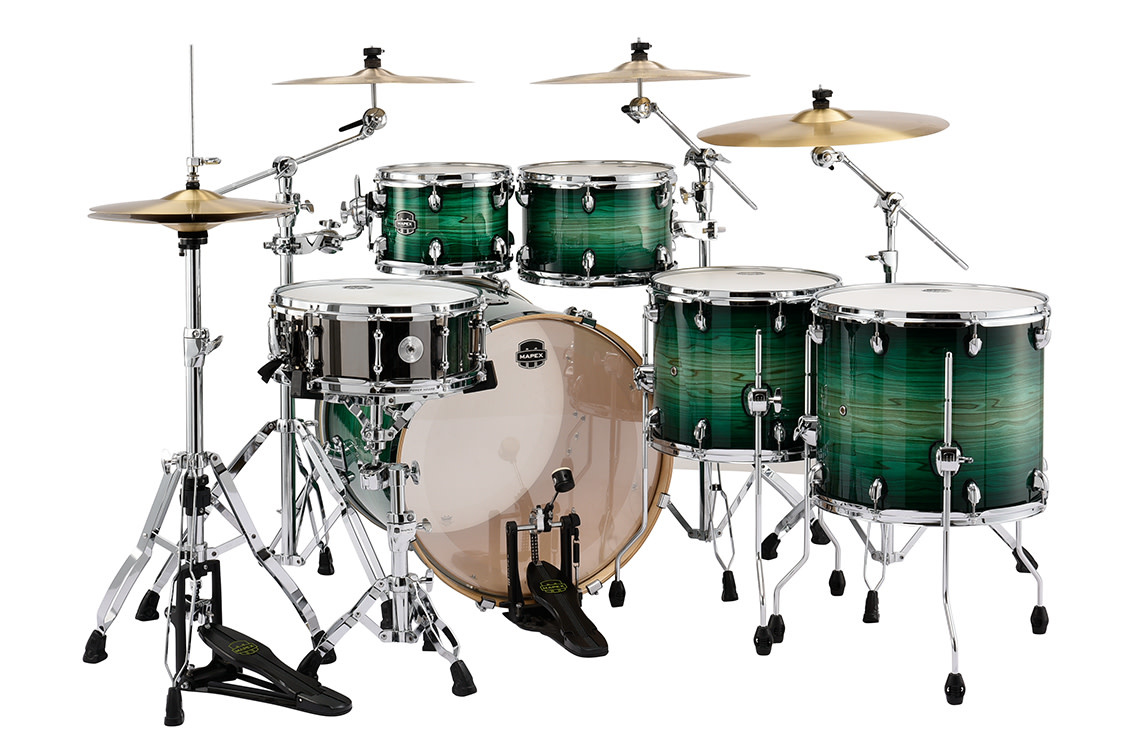
Cool eh? The Mapex Armory Series
On the other hand, electronic drums use digital technology to produce sound. They consist of a set of drum pads that are connected to a module, which generates sounds when the pads are struck. One of the primary benefits of electronic drums is their versatility. They offer a wide range of sounds and can replicate the sounds of traditional acoustic drums as well as other percussion instruments. They also offer the ability to customize the sound of the drums, and even record and manipulate them digitally. Additionally, electronic drums are generally much quieter than acoustic drums, making them ideal for practice or performances in smaller venues.
Another benefit of electronic drums is their portability. They are typically much lighter and easier to transport than acoustic drums, making them a great choice for gigging drummers who need to move their kit frequently. Electronic drums also take up less space than acoustic drums, which is another advantage for drummers who need to practice or perform in small spaces.
However, one downside of electronic drums is that they can feel less natural and less responsive than acoustic drums. The pads can feel less tactile and require less force to trigger, which can be frustrating for some drummers. Additionally, electronic drums require a power source, which can limit their use in outdoor or remote settings.
Some suggestions to get you rocking
The Acoustics
Mapex Tornado Fusion Kit 5 Piece with Cymbals - Royal Blue: The Mapex Tornado III Fusion 20" Drum Kit, Blue is considered one of the best entry-level drum kits around. The series offers unmatched quality for its accessible price with no need to worry about buying any extras. This kit includes everything you need to get behind the skins and play: the 5-piece Mapex Tornado III drum kit comes with cymbals, hardware, stool and a pair of drumsticks. Play straight from the box and start with a solid foundation.
Pearl Export 5pc. 20" Fusion Kit in Satin Shadow Black With Cymbal Pack: This is the complete package. Drums, stands and Sabian cymbals - everything you need to get started easily. The Satin Shadow finish with chrome hardware looks stunning and professional-grade. One of the sleekest designs to help kick-start your stage performances. The Export series is the best-selling series of all time for a reason, fusing innovation with high-end features to bring you a first drumkit you can truly be proud of.
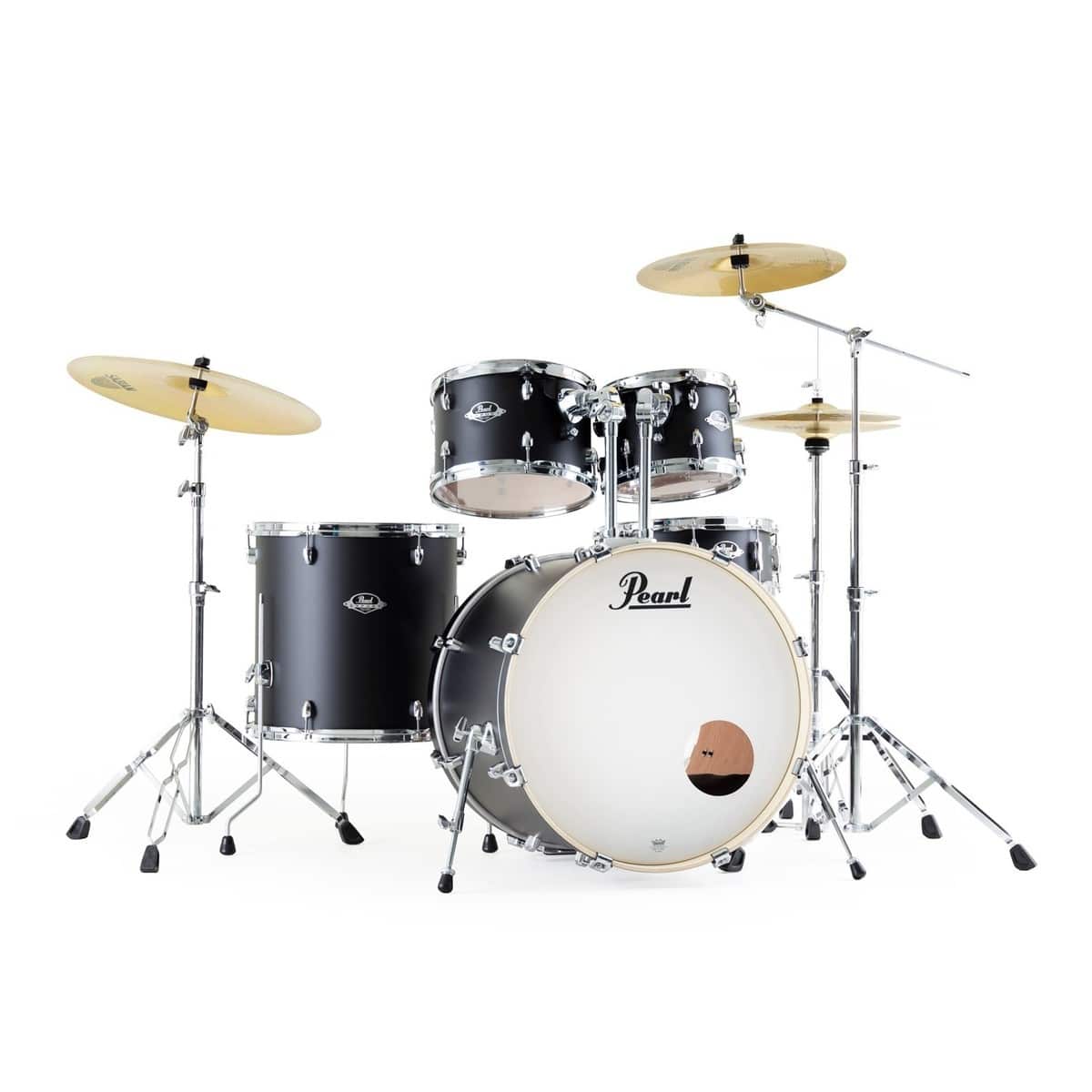
The Export Series, an all time classic.
The Electronics
Roland TD-1K Electronic Drum Set: The Roland TD-1K V-Drums Electronic Drum Kit offers Roland's class-leading feel and playability at a price that won't break the bank. The Roland TD-1K features a minimalist, space-saving design that can be easily upgraded as you progress. Acoustic players will feel at home on this kit, with responsive cymbal pads and drums allowing for authentic playing techniques. The TD-1 module features the same advanced expressiveness found in all TD-series V-Drum modules too, providing a wide dynamic range and natural tone you would expect from higher-end kits. It is easy to use and packed with great quality drum sounds, with onboard coaching features to help you improve no matter what your skill level.
Roland TD-1DMK V-Drums Mesh Electronic Drum Kit: An electronic drum kit is the easiest and least anti-social way to get into drumming, but typically entry-level electronic kits are fitted with rubber drum pads which feel nothing like a ‘real’ drum kit. Roland have set out to change this by equipping the TD-1DMK with the same twin-ply mesh drum heads as their flagship professional quality drum kits. Mesh drum heads offer a playing feel and response which is as close to an acoustic drum as possible. Whether you’re a seasoned player looking for a kit to use at home, or a beginner looking to get the best start to your playing, the Roland TD-1DMK won’t hold you back from developing your drumming.
In conclusion, both acoustic and electronic drums have their own unique benefits, and choosing the right one depends on your needs as a drummer. Acoustic drums offer a natural sound and a tactile playing experience, while electronic drums offer versatility, portability, and customization. Ultimately, the choice between acoustic and electronic drums comes down to personal preference, playing style, and the musical context in which the drums will be used.
At Musicmaker, we have been providing drums and drum advice for close to 40 years, so if you have any questions, feel free to get in touch or drop in to the shop to try these kits for yourself.




